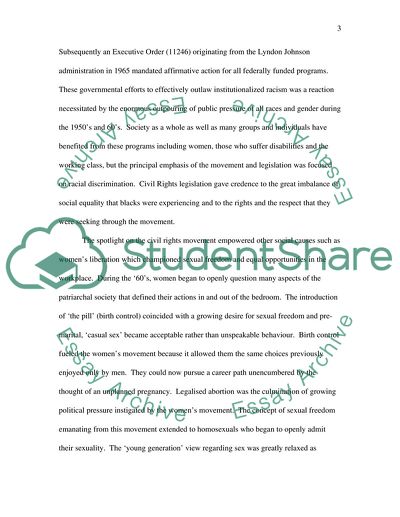Cite this document
(“The sixties Essay Example | Topics and Well Written Essays - 2500 words”, n.d.)
Retrieved from https://studentshare.org/miscellaneous/1541972-the-sixties
Retrieved from https://studentshare.org/miscellaneous/1541972-the-sixties
(The Sixties Essay Example | Topics and Well Written Essays - 2500 Words)
https://studentshare.org/miscellaneous/1541972-the-sixties.
https://studentshare.org/miscellaneous/1541972-the-sixties.
“The Sixties Essay Example | Topics and Well Written Essays - 2500 Words”, n.d. https://studentshare.org/miscellaneous/1541972-the-sixties.


